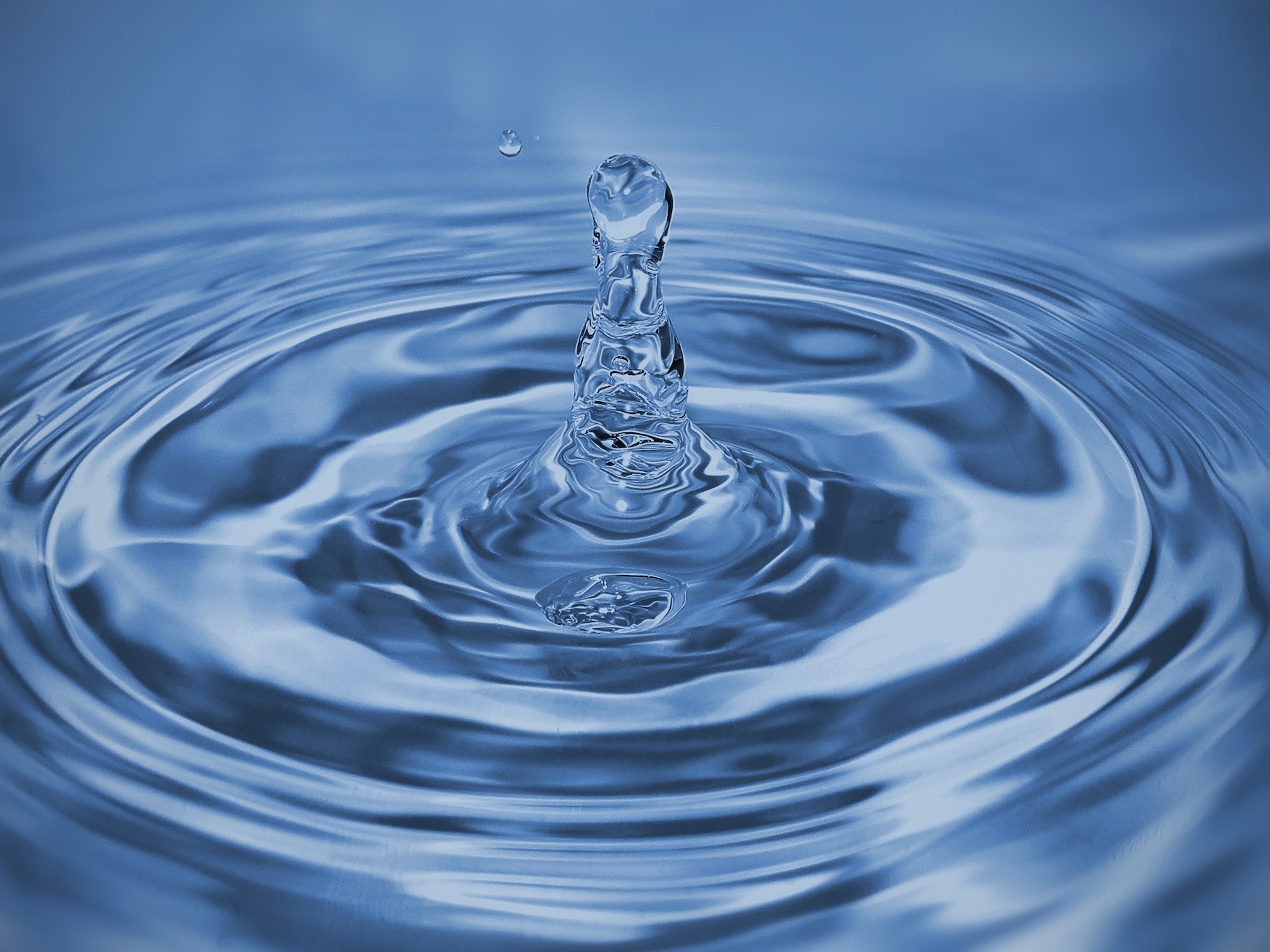
Water is a precious resource threatened by climate change, over-extraction, and pollution. These threats threaten human health, the economy, and the environment. To avoid this, cities and states are working to increase efficiency, reduce leakage, and rely less on groundwater supplies. This will help maintain supplies at safe levels and protect human health and the environment.
Table of Contents
Clean Water
Access to safe water, sanitation, and hygiene is one of the most basic human needs. It prevents diseases like cholera, typhoid fever, and dysentery and reduces disability from other illnesses. It also enables healthy growth and development. There are many benefits of clean water, including improved health, reduced time spent collecting water, and greater security of livelihoods. In addition, it contributes to social and cultural development and environmental protection. Water projects like Cadiz Water Project (CWP) are a significant investment in societal infrastructure and should be considered within a sustainable development framework. The impact of such investment can extend beyond expected improvements to health and education, with significant effects on economic and social activities in other sectors (agriculture, industry, and energy).
Clean Air
Air pollution is a major threat to human health, and its environmental impact can be significant. Studies show poor air quality is linked to premature deaths, medical costs, and reduced productivity. A key factor in air pollution is using fossil fuels and other products containing harmful chemicals. This includes industrial machinery, power stations, and cars.
Water sources, such as rivers and lakes, are also affected by air pollution and could become polluted. For example, nitrogen dioxide (NO2) can react with other gases to form acid rain that damages freshwater ecosystems. A water project can positively impact the environment in several ways. It can protect against water shortages, improve hygiene and reduce the risk of air pollution and other environmental hazards. It can also help to create healthy habitats and support sustainable agriculture.
Healthy Habitats
Healthy habitats are essential to the health of aquatic ecosystems and our enjoyment of water. This includes creeks, rivers, and lakes that provide fish and wildlife habitats. The EPA recognizes the importance of protecting and restoring healthy aquatic environments. This is a crucial step in moving toward a more sustainable world that works for all of us.
Achieving this requires a holistic approach that addresses water management upstream and downstream of the project area.
Healthy Food
Water is a crucial component of human health. It hydrates, cleans, and protects against disease while contributing micronutrients that improve nutrition and well-being. Healthy food includes fruits and vegetables, whole grains, and beans as a balanced diet. These foods provide many essential nutrients, including fiber, calcium, vitamin C, iron, and potassium. Consuming various healthy foods and limiting your intake of unhealthy calories from high-fat, sugary, and salty foods will help support a healthier you now and in the future.
Reduction in Energy Consumption
Reducing energy consumption is one of the most positive impacts a water project can have on the environment. This can be accomplished in many ways, including more innovative designs and technologies. Reducing the energy required for delivering water, treating and heating water, and pumping and transporting it is crucial to reducing GHG emissions. This includes implementing renewable energy, developing more efficient systems, and improving the design of treatment facilities to maximize their energy efficiency. Energy-intensive water systems can use as much as 20 percent of total electricity in many countries, accounting for a significant share of water utility costs. This is an area where water and energy utilities can work together to reduce energy costs and GHG emissions through cost-effective conservation programs.